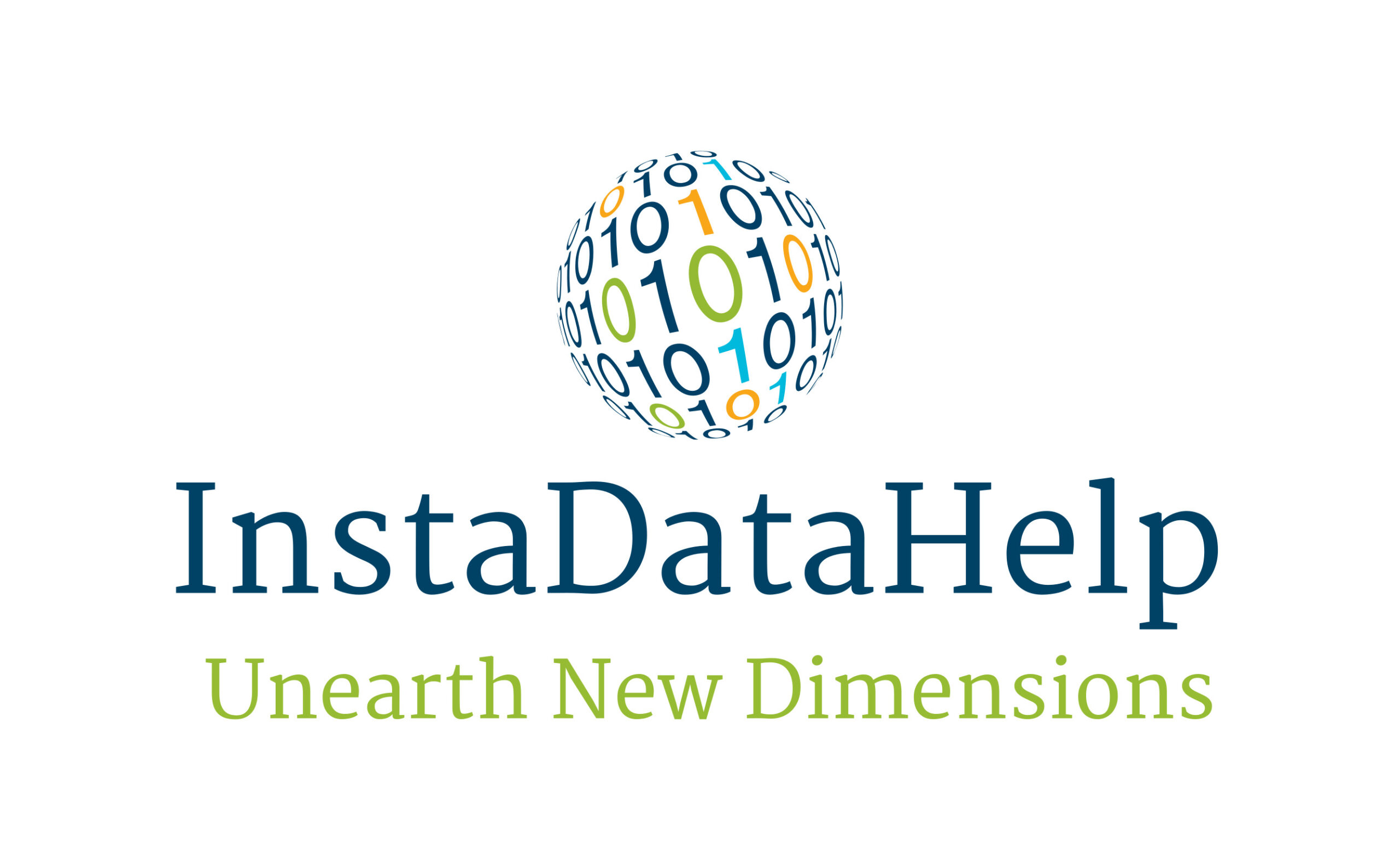The Art of Seeing: How Image Recognition is Mimicking Human Visual Perception
Introduction
In today’s digital age, image recognition technology has made significant advancements, revolutionizing various industries such as healthcare, retail, and security. Image recognition refers to the ability of a computer system to identify and interpret visual information from digital images or videos. This technology is rapidly evolving, mimicking human visual perception and unlocking a world of possibilities. In this article, we will explore the art of seeing through image recognition and delve into its applications, challenges, and future prospects.
Understanding Image Recognition
Image recognition is a complex process that involves the analysis and interpretation of visual data. It utilizes artificial intelligence (AI) algorithms and machine learning techniques to identify patterns, objects, and features within an image or video. The goal is to enable computers to understand and interpret visual information in a manner similar to human perception.
The process of image recognition begins with data acquisition, where images or videos are captured using cameras or sourced from existing databases. These images are then preprocessed to enhance their quality and remove any noise or irrelevant information. Next, feature extraction techniques are employed to identify key elements within the image, such as edges, corners, or textures. These features are then compared to a database of known patterns or objects, allowing the system to recognize and classify the image accordingly.
Applications of Image Recognition
Image recognition technology has found applications in various fields, transforming the way we interact with digital content and the physical world. Some notable applications include:
1. Healthcare: Image recognition is revolutionizing medical diagnostics by enabling the detection and analysis of medical images such as X-rays, MRIs, and CT scans. It can assist doctors in identifying diseases, tumors, and anomalies, leading to faster and more accurate diagnoses.
2. Retail: Image recognition is reshaping the retail industry by enabling visual search and recommendation systems. Customers can now simply take a picture of a product they like and find similar items available for purchase. This technology also allows retailers to track inventory, prevent theft, and personalize the shopping experience.
3. Security: Image recognition plays a crucial role in surveillance and security systems. It can identify and track individuals, detect suspicious activities, and enhance facial recognition capabilities. This technology is employed in airports, public spaces, and law enforcement agencies to ensure public safety.
4. Autonomous Vehicles: Image recognition is a fundamental component of self-driving cars. It enables vehicles to perceive and interpret their surroundings, identify objects, pedestrians, and traffic signs, and make informed decisions based on the visual data. This technology is paving the way for a future of safer and more efficient transportation.
Challenges in Image Recognition
While image recognition technology has made significant strides, it still faces several challenges that need to be addressed for further advancements:
1. Data Quality and Quantity: Image recognition algorithms heavily rely on large datasets for training. Obtaining high-quality and diverse datasets can be challenging, as it requires extensive labeling and annotation. Additionally, the scarcity of certain types of data can hinder the accuracy and performance of image recognition systems.
2. Interpretation and Context: Human visual perception is heavily influenced by context and prior knowledge. Mimicking this aspect in image recognition systems is challenging, as computers struggle to understand the context and interpret visual information in a meaningful way. For example, understanding the difference between a cat sitting on a chair and a cat sitting on a table requires contextual understanding.
3. Computational Complexity: Image recognition algorithms are computationally intensive and require significant processing power. This can limit the real-time capabilities of image recognition systems, especially in resource-constrained environments. Developing efficient algorithms and hardware solutions is crucial to overcome this challenge.
Future Prospects
The future of image recognition holds immense potential, with several exciting prospects on the horizon:
1. Improved Accuracy: Advancements in deep learning and neural networks are expected to enhance the accuracy and reliability of image recognition systems. These technologies enable computers to learn from vast amounts of data and continuously improve their recognition capabilities.
2. Real-time Applications: With the increasing availability of powerful hardware and cloud computing resources, real-time image recognition applications will become more prevalent. This will enable faster decision-making and enhance user experiences in various domains.
3. Augmented Reality: Image recognition is a fundamental component of augmented reality (AR) applications. By recognizing and tracking objects in real-time, AR systems can overlay digital information onto the physical world, creating immersive and interactive experiences.
4. Cross-Domain Integration: Image recognition technology is likely to integrate with other emerging technologies such as natural language processing and robotics. This integration will enable more comprehensive and intelligent systems capable of understanding and interacting with the world in a more human-like manner.
Conclusion
Image recognition technology is transforming the way we perceive and interact with visual information. By mimicking human visual perception, it has opened up new possibilities in healthcare, retail, security, and autonomous vehicles. However, challenges such as data quality, interpretation, and computational complexity still need to be addressed. The future prospects of image recognition are promising, with improved accuracy, real-time applications, augmented reality, and cross-domain integration on the horizon. As this technology continues to evolve, it will undoubtedly shape the future of various industries and redefine the art of seeing.




Recent Comments